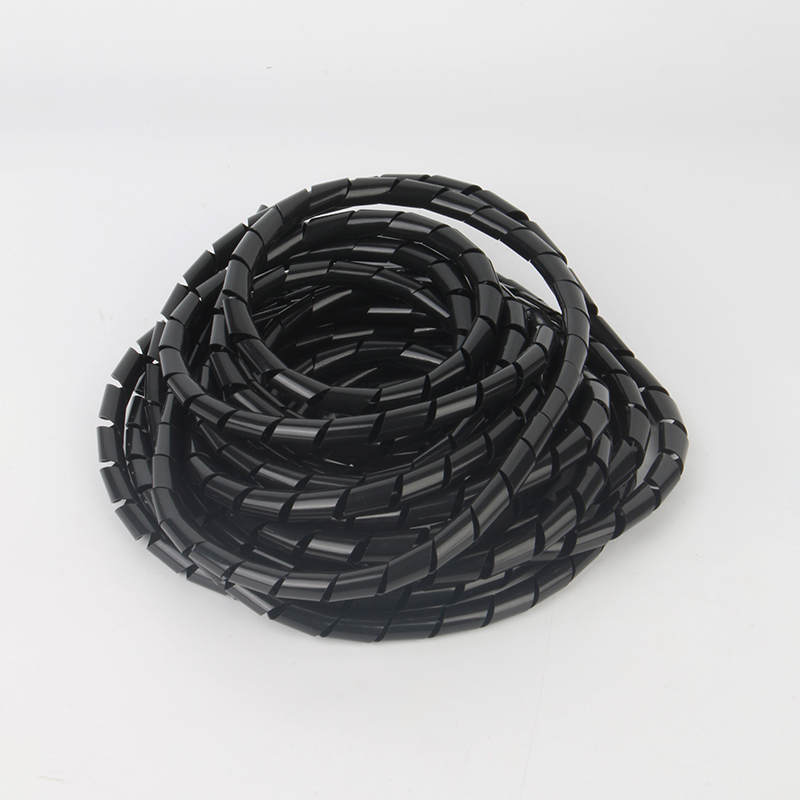Web Menu
Product Search
Exit Menu
Corrugated Conduit Gland PA: Enhancing Cable Protection in Modern Applications
Introduction
Corrugated Conduit Gland PA has become an essential component in modern electrical and industrial systems, offering a reliable solution for protecting cables and wires. Made from high-quality polyamide (PA), these glands combine durability and flexibility, making them suitable for diverse environments. Their robust design ensures secure cable management, preventing damage from mechanical stress, vibration, and environmental exposure.
Industrial Applications of Corrugated Conduit Gland PA
In manufacturing, Corrugated Conduit Gland PA is widely used to protect cables in machinery and automated systems. The glands prevent abrasion and exposure to dust, chemicals, and moisture, extending the lifespan of electrical wiring. In automotive production, these components safeguard wiring harnesses and electronic modules, ensuring vehicle safety and performance. Construction projects also benefit from PA glands, where they are employed to secure electrical conduits in buildings and industrial facilities, enhancing compliance with safety regulations and reducing maintenance requirements.
In addition, the electronics and telecommunications industries use these glands to organize and protect complex cable networks. Their resistance to heat and chemicals makes them suitable for equipment that operates under harsh conditions. Corrugated designs allow for flexibility, enabling easier installation in confined spaces or around bends without compromising protection.

Material Advantages of PA
Polyamide is known for its high mechanical strength, impact resistance, and thermal stability. These properties make Corrugated Conduit Gland PA an ideal choice for both indoor and outdoor applications. PA is resistant to abrasion, corrosion, and UV exposure, which prevents degradation in long-term use.
The material’s flexibility also allows the gland to maintain a tight seal around cables of various diameters. This helps prevent dust, water, or chemical intrusion, which can be critical in industrial environments where equipment reliability is paramount.
Installation and Maintenance Considerations
Proper installation is essential for maximizing the effectiveness of Corrugated Conduit Gland PA. Installers should ensure that the gland fits snugly around the conduit and the cable, avoiding gaps that could compromise protection. Regular inspection helps detect signs of wear, damage, or loosening due to vibration or environmental factors. Cleaning the glands periodically prevents accumulation of dirt or chemical residues, which can affect long-term performance.
Maintenance of these components is relatively simple, and their durability reduces the need for frequent replacements. In industrial settings, the use of PA glands contributes to lower operational costs and reduced downtime, ensuring consistent performance across critical electrical systems.
Market Trends and Industry Demand
Demand for Corrugated Conduit Gland PA continues to grow as industries increasingly prioritize safety, efficiency, and long-term equipment reliability. Manufacturers are producing glands that meet various international standards and adapt to specific sector requirements. Customization in size, flexibility, and sealing capability has expanded, catering to applications ranging from heavy machinery to precision electronics.
The push for sustainable materials also influences production, with PA components being recyclable and contributing to environmentally conscious engineering practices. Industries are actively adopting these solutions to improve operational efficiency while maintaining regulatory compliance and safety standards.
Conclusion
Corrugated Conduit Gland PA remains a vital component in protecting cables and electrical systems across industrial, automotive, construction, and electronics sectors. Its polyamide construction provides durability, chemical resistance, and flexibility, allowing it to perform reliably in diverse environments. Proper installation, inspection, and maintenance ensure that these glands continue to protect critical wiring while reducing operational costs and downtime.
News categories
Exhibition Information
Related Products

 +86-15558905711
+86-15558905711 +86-15057372736
+86-15057372736 [email protected]
[email protected] 105 Liuxiang Road, Liushi Town, Yueqing City, Wenzhou City, Zhejiang Province, China
105 Liuxiang Road, Liushi Town, Yueqing City, Wenzhou City, Zhejiang Province, China
 英语
英语 中文简体
中文简体 俄语
俄语 西班牙语
西班牙语











